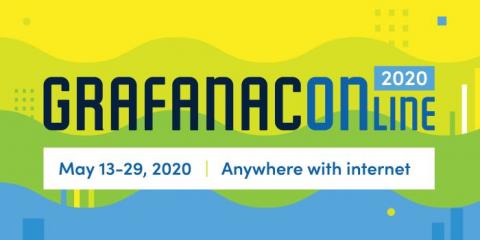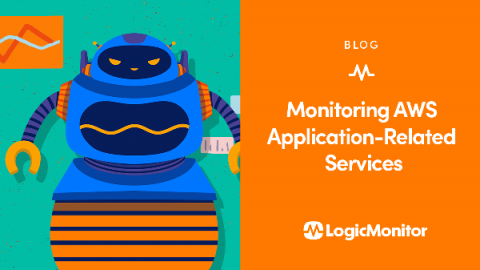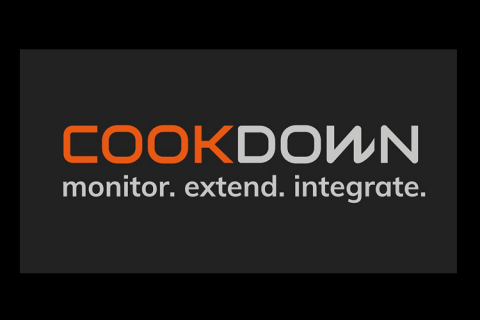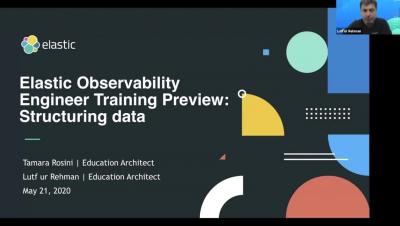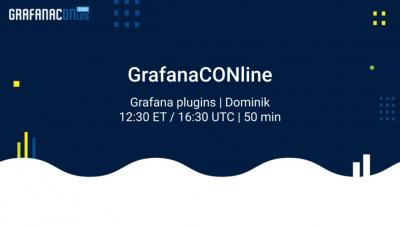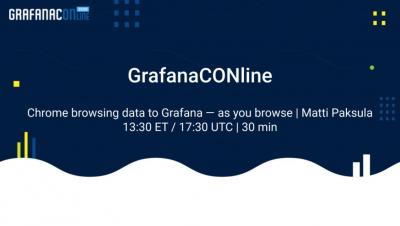GrafanaCONline week three: Plugins, Chrome browsing data, Prometheus rate queries, and more
The third and last week of GrafanaCONline starts today! We hope you’re able to check out all of our great online sessions. If you’ve missed any sessions (or want to watch them again), the videos are available on demand here. Here’s what’s coming up today...


